(1375 words)
Introduction:
The world of Garmin straps is a littered minefield consisting of high-quality OEM straps with prices that frighten their customers into the warm and sticky embrace of cheap third-party straps. With over half a decade of navigating this field myself, I had long ago come to the conclusion that paying more for the Garmin straps is always worth it.
 The nylon UltraFit strap is Garmin’s response to the wonderful sports straps that Apple released on their watches. Garmin is not alone in following in the innovative footsteps of Apple and their straps. When it came to choosing the strap design for the collaborative piece between Louis Erard and Alain Silberstein with the Tryptic (Le Semaine, pictured here), Manuel Emch of Louis Erard said, “it’s the perfect daily use bracelet… I want to have this bracelet, no matter what it takes.”
The nylon UltraFit strap is Garmin’s response to the wonderful sports straps that Apple released on their watches. Garmin is not alone in following in the innovative footsteps of Apple and their straps. When it came to choosing the strap design for the collaborative piece between Louis Erard and Alain Silberstein with the Tryptic (Le Semaine, pictured here), Manuel Emch of Louis Erard said, “it’s the perfect daily use bracelet… I want to have this bracelet, no matter what it takes.”
When used every day in regular activities and while training, this is not entirely the case. So where does this strap excel and, at times, stumble? Let’s dive in.
Construction:
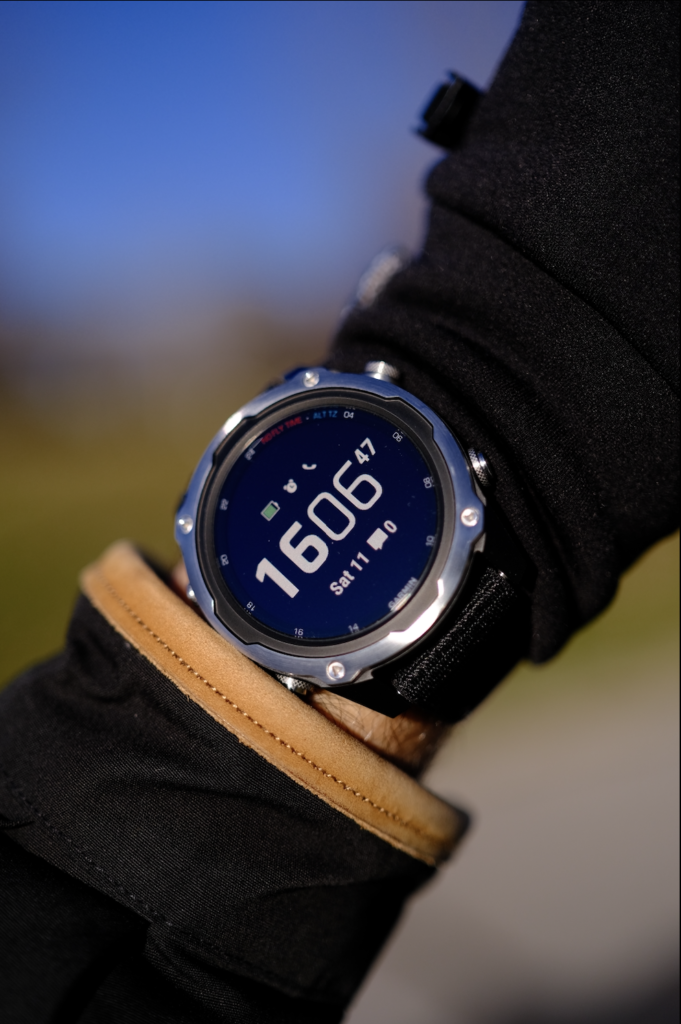
This nylon strap features a distinct top side and an underside. The top side’s threading is a bit hardier, more pronounced, and more durable, while the underside is softer and more appropriate to be used with the four (on each side) Velcro strips. The Velcro strips themselves have not shown any signs of wear over the last two months, and neither has the rest of this strap. The ends of the strap have hard plastic tips which aid in attaching the strap to the watch.
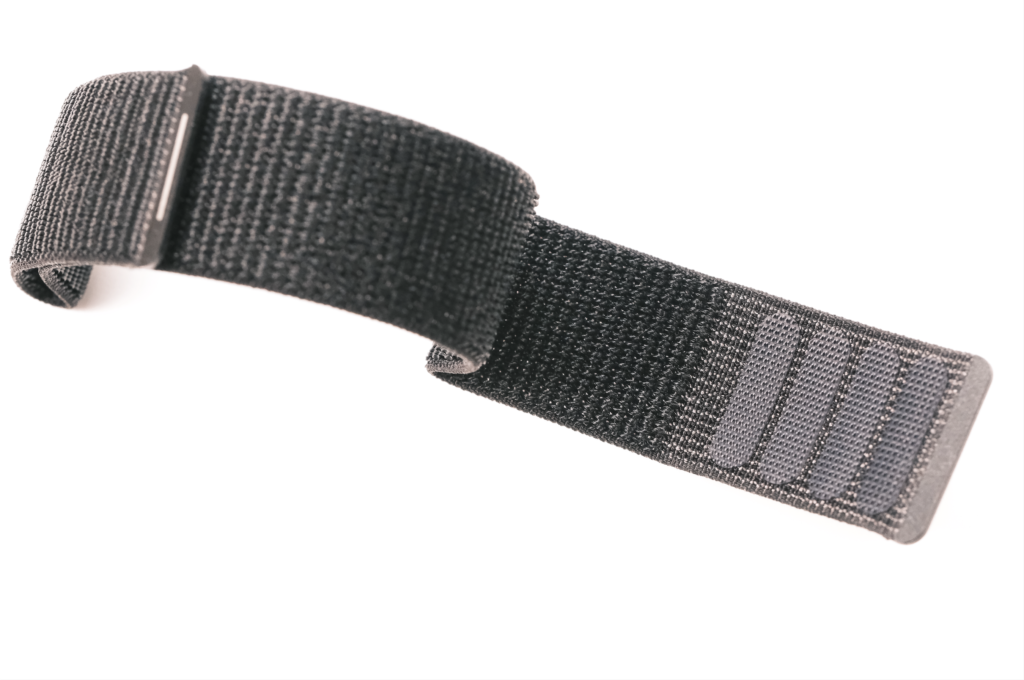
At first, due to the tight spaces between the spring bars and the case, it may be difficult to attach the UltraFit to your Garmin. However, with practice, it becomes second nature and will not be a concern.
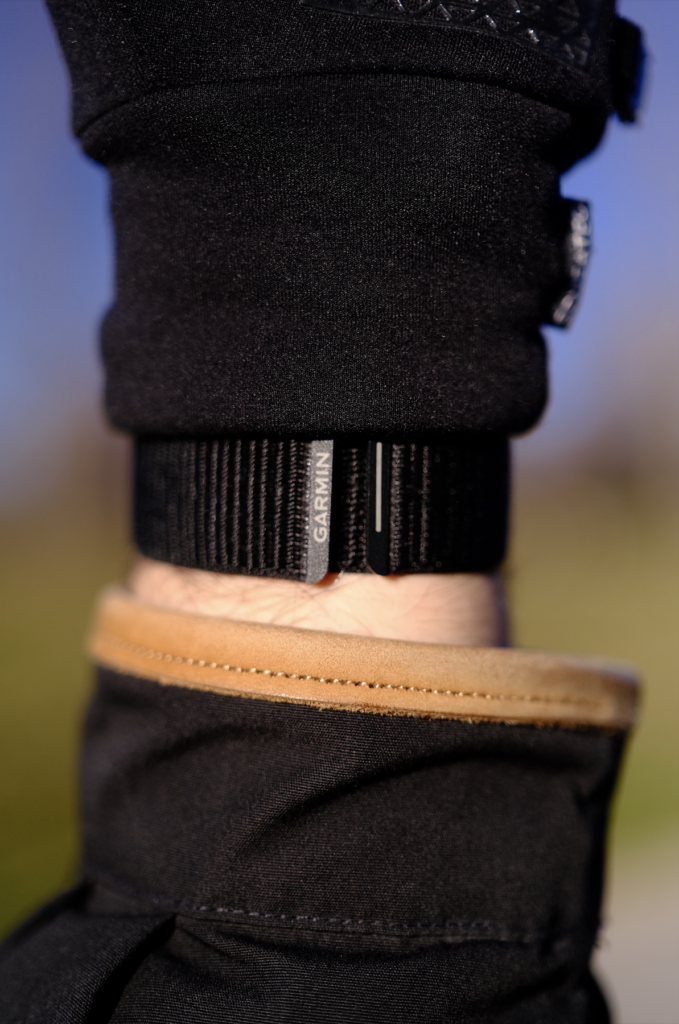
The major downfall of cheaper third-party straps is that they tend to fall apart and become “gross” within a couple of weeks of use. This gross feeling comes due to two factors. The first is that the rubber is not lined with a smooth coating that repels dust, hair and skin particles. The second is that the top layer of the third-party straps starts to disintegrate quickly, making the strap look like it needs to see a dermatologist. OEM Garmin straps also suffer from the latter, but this is after about four months of hard use – hard use being during runs, dives, strength training and all other sorts of torture that Garmin users subject their watches to. The third-party nylon straps on the market seem to last a little longer, but their Velcro strips start to either come apart or the adhesive attaching the Velcro patch to the strap starts to disintegrate. This is not the case with the UltraFit. This strap seems to last much longer than all of the rubber straps on the market.
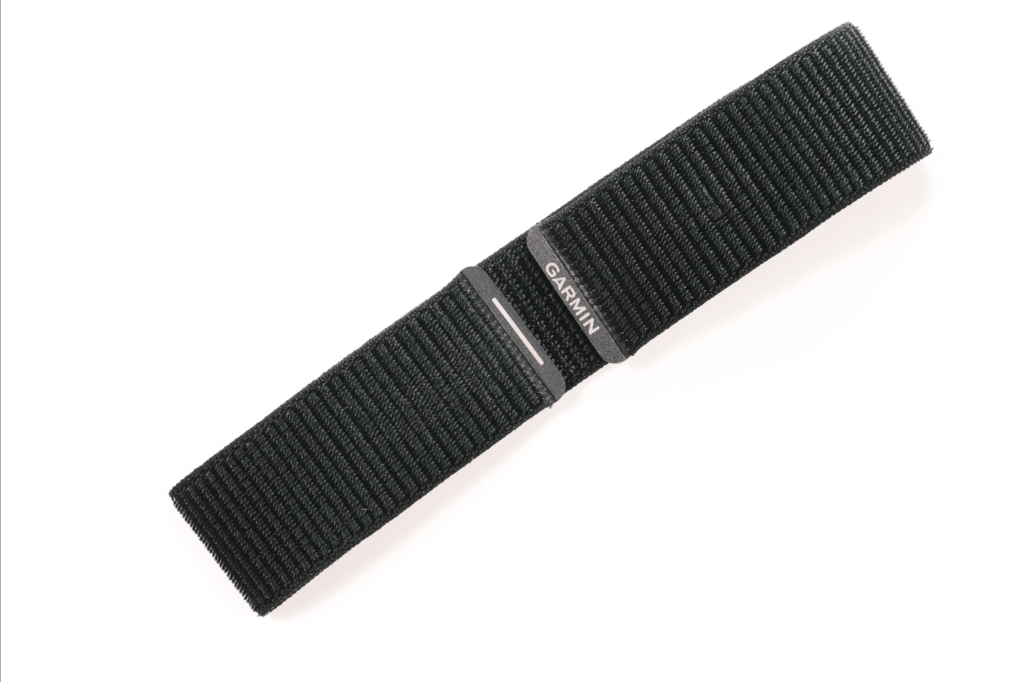
Questions as to whether this or any other Garmin strap is worth the price comes down to your own sense of value and whether you wear your device 24/7 and train with it extensively. If you are someone whose training is an integral part of every single day on your calendar, you will be pleased with this strap, and you may want to buy a second pair, but we’ll discuss that in the negatives section.
How It Wears:
As Alain Silberstein and Manuel Emch both stated, this type of strap is supremely comfortable. Because it has near-infinite adjustability, this is the best option on the market for a dedicated 24/7 strap. However, the three instances that it is not, and those will be covered in the next section. If your wrist tends to swell throughout the day due to training, this strap will be a relief. The strap has a bit of stretch built in, but it is supremely easy to adjust without looking. This also makes it the best strap to wear while you are asleep. For instance, if you are measuring your Pulse Ox throughout the night, you can make the watch slightly more snug without strangling your wrist as it expands and contracts throughout the night.
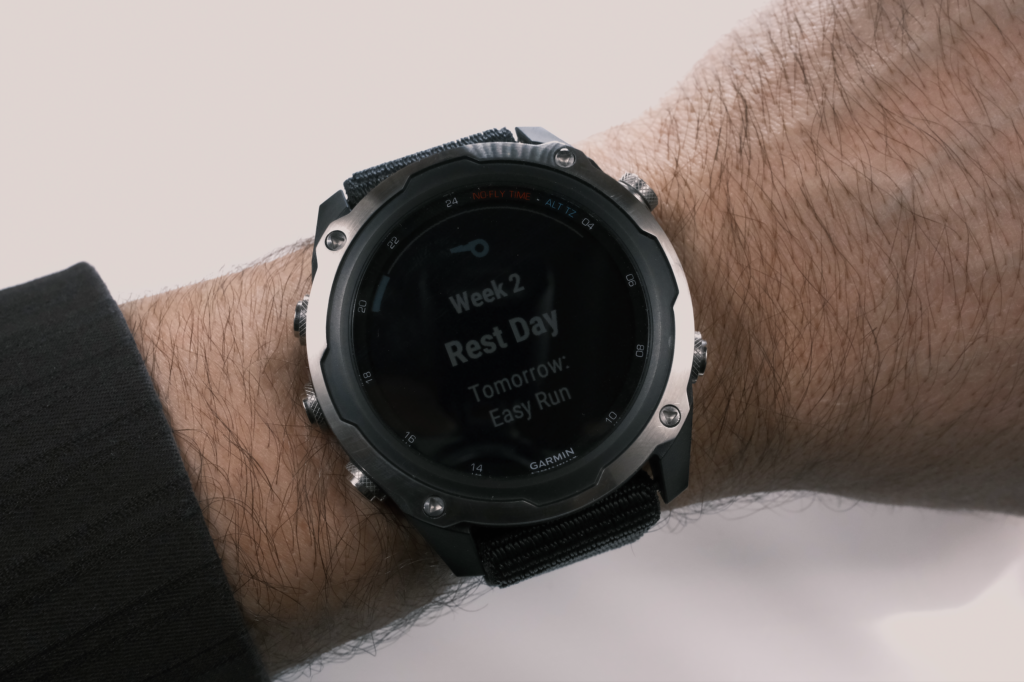
This is a common problem with watches that use wrist-based optical heart sensors. There really is no such thing as the perfect fit for anyone’s wrist when using a conventional buckled strap. The human wrist varyingly swells throughout the day and throughout the night. Couple this with accelerated inflammation issues that arise with increased training, and this strap is the most comfortable for regular daily use, but not necessarily for all types of training.
The Negatives:
However, this strap does fall short on two fronts when it comes to training. First, if you primarily run on a treadmill, the UltraFit will cause issues. When calibrating one’s Garmin device to a treadmill, the fit of the watch impacts the calibration. This is because the readings from the accelerometer and other sensors change based on how much the watch is moving ever so slightly on your wrist. On my first run with the UltraFit, I noticed that my Garmin was underestimating my distance on the treadmill. I calibrated my Garmin device using the standard rubber straps, and on my next run, I did a test. For the test, I wore the standard rubber strap as I normally would, a third of the way through the run, I loosened the strap. Then two-thirds of the way, I tightened it as much as possible. In both instances, the distance readings from the Garmin device started to vary greatly. The inherent positives of this strap having nearly infinite adjustability works against it when training on the treadmill. This was an unexpected downside to this strap, so if you do the majority of your running on a treadmill, this strap is not the best option for your treadmill sessions.
Another failing of this strap is one that is obvious and not the fault of Garmin’s. If the strap becomes wet through training or showering, it takes a little time for the strap to dry out fully. If you wear it while it is moist, you may get a diaper rash on your wrist. Ironically, because of the reasons stated above, this strap is the most comfortable option for training sessions which incorporate a lot of wrist movements, such as strength and vinyasa training. This is why I went ahead and purchased a second Ultrafit strap. One strap for training, which gets wet, and one to be worn throughout the remainder of the day, especially when I sleep.
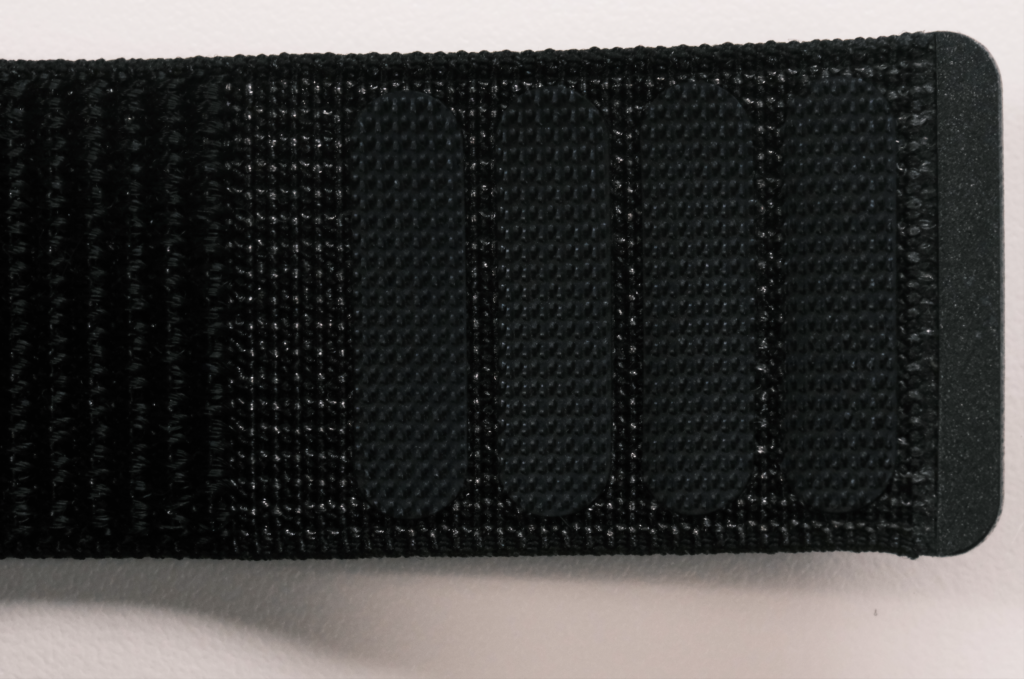
The Velcro patches also seem to lose some of the adhesive strength while wet, but they have never come off during training or swimming. It’s a confidence issue, for if tugged upon, the strap will come undone a lot easier if wet than dry. So this strap is not the best option if you do any open-water swimming, and sticking with the standard rubber straps will be your best option.
There are two additional places where this strap falls short. First, if your wrists are smaller than 6.5”, then the UltraFit strap will still fit, but the two adhering ends will overlap, making for a slightly inelegant fit. The second is the visible gap at the lugs exposing the spring bars. This will make your Garmin device, which costs anywhere from $1500-2500, look cheap.
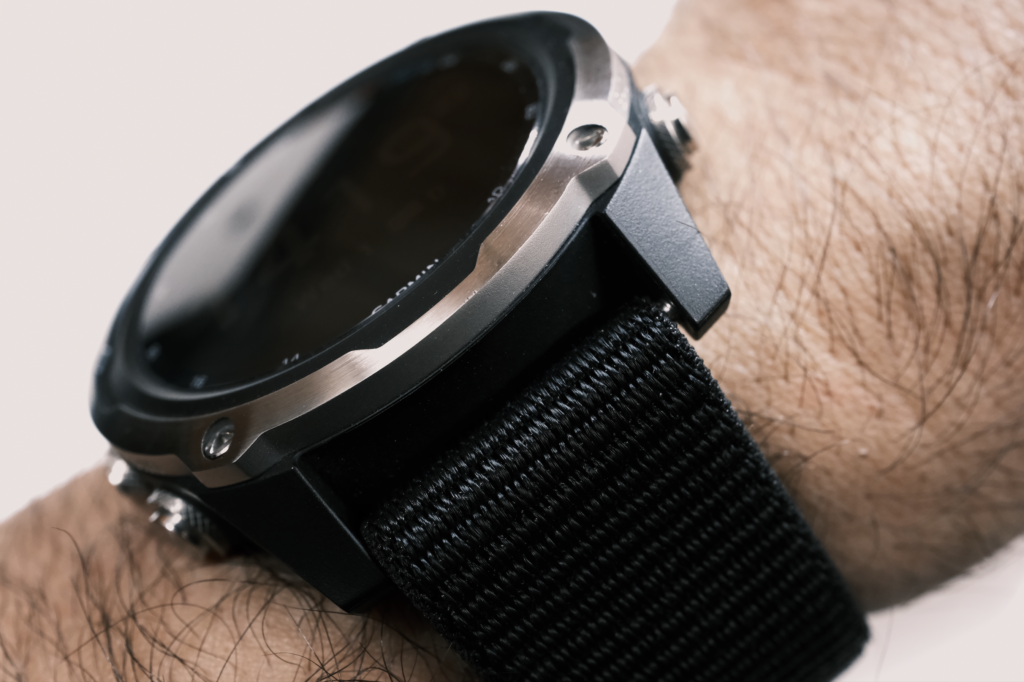
Conclusion:
It seems that any discussion of Garmin straps has to address their price and that of the cheaper third-party options. In this case, as in the rubber, leather, and metal bracelet options, you are getting your money’s worth with the UltraFit. The quality, performance and comfort of this strap make this an ideal training partner save for the two training scenarios mentioned above. It will also not look good with a suit or formal attire, as the lug gap will detract from the look of the watch.
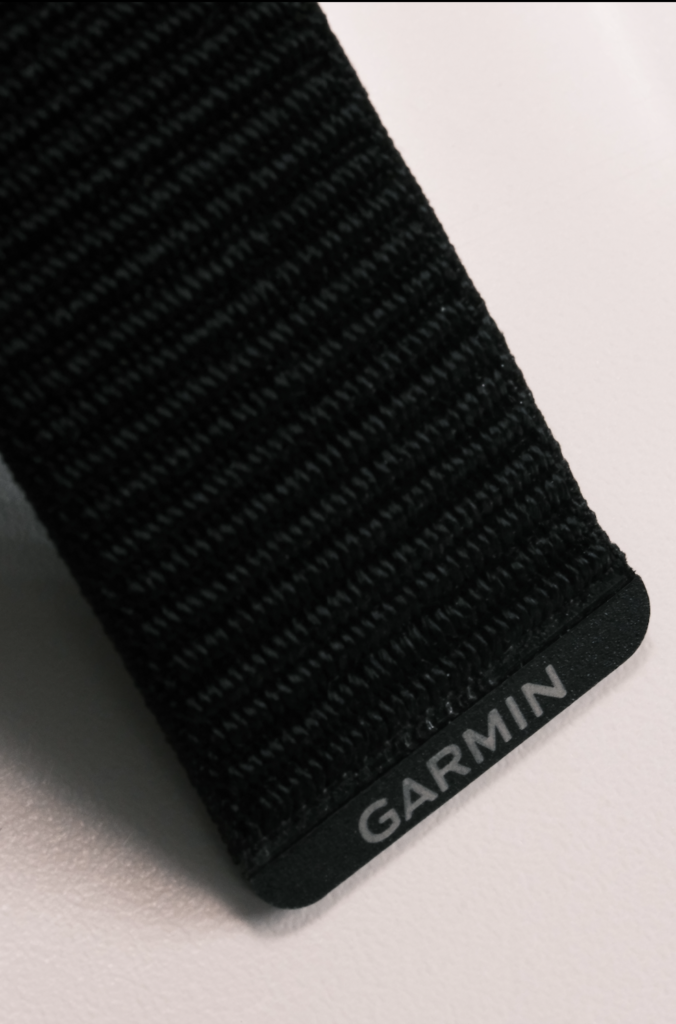
Garmin’s higher-end watches are tools that are worn 24/7 to get the most out of them. This requires different straps for different occasions, which is why their QuickFit strap-changing system is highly appreciated. The UltraFit strap elevates these tools during many of the contexts that are thrown at them.
In conclusion, the superior level of comfort throughout the day, while sleeping, and during most training sessions makes this strap easy to recommend, and I would go further and recommend that you buy two.
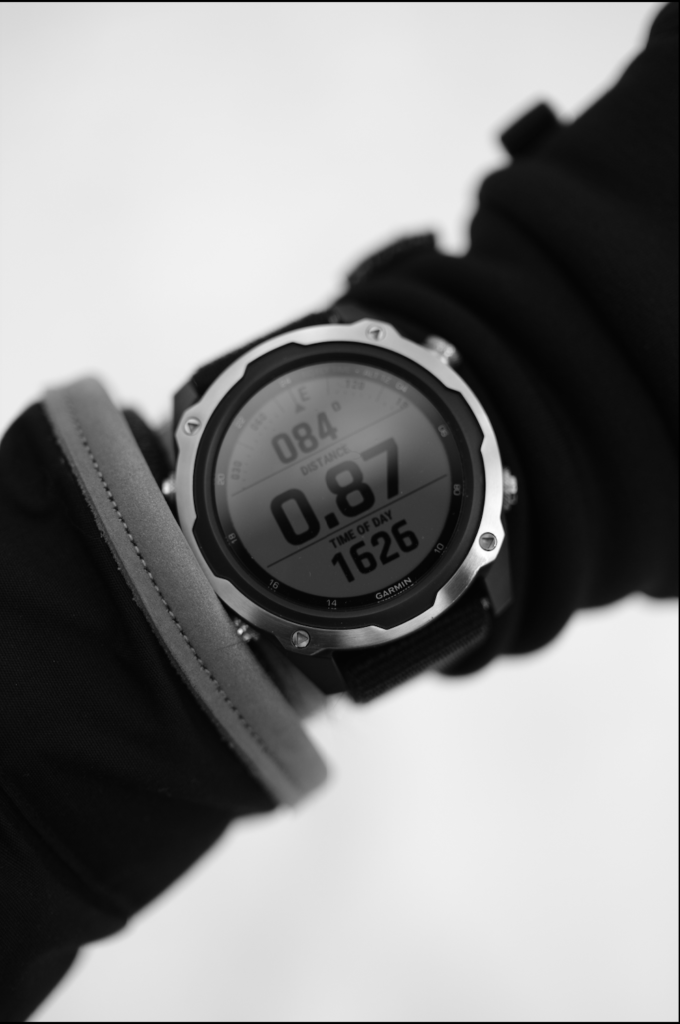
Time of writing: March 3rd, 2023